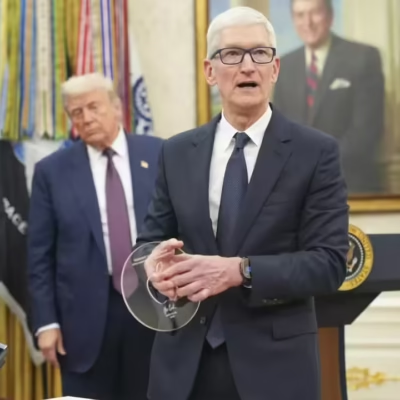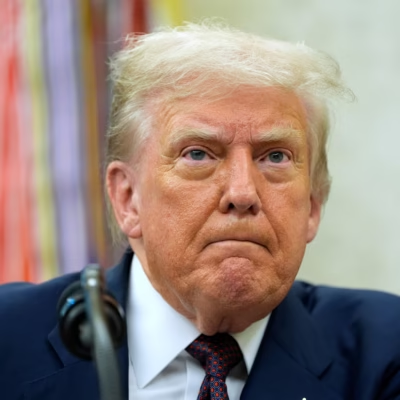Geneva, Switzerland — May 6, 2025:
The U.S. and China, the world’s two largest economies, have restarted high-level trade talks in Switzerland after more than a year of silence. This unexpected meeting signals a possible thaw in trade relations that have been tense since the COVID-19 pandemic and recent technology sanctions.
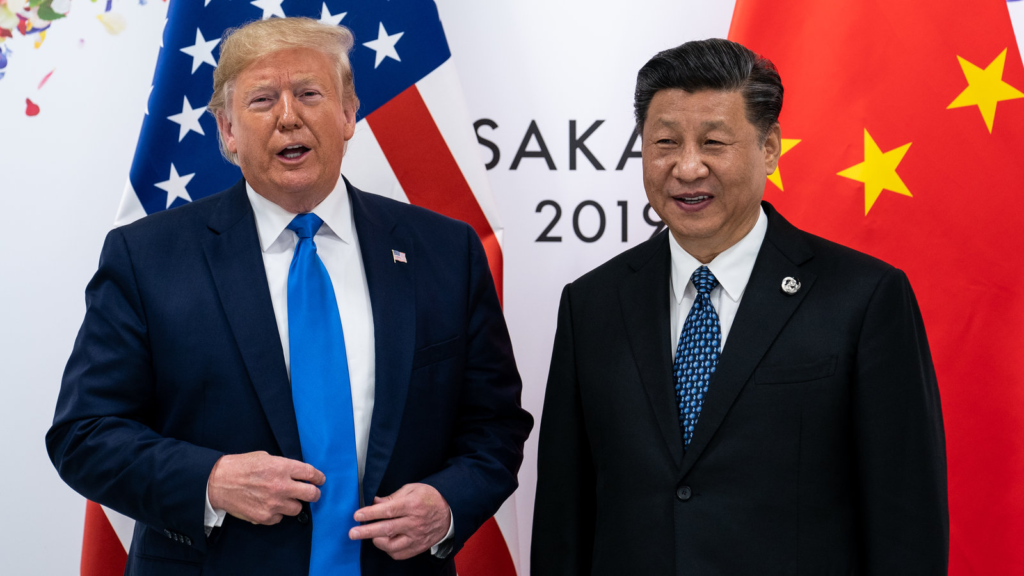
The talks, held in Geneva, are being viewed as a major step toward easing economic tensions that have hurt global markets and disrupted international supply chains. Experts say this new effort could lay the foundation for a more stable trade partnership between the two economic giants.
Why These Talks Matter
Over the past few years, U.S.-China relations have suffered due to tariffs, export bans, and disagreements over technology, cybersecurity, and human rights. These issues have not only affected the two nations but also impacted global trade, causing inflation and supply shortages in many countries.
Trade between the U.S. and China was valued at over $700 billion in 2022, according to U.S. Census Bureau data. Any improvement in their relationship can boost investor confidence and reduce economic uncertainty worldwide.
Who Attended the Meeting?
According to official sources, the U.S. delegation was led by U.S. Trade Representative Katherine Tai, while the Chinese side was led by Vice Premier He Lifeng. Both sides were joined by senior advisors and economic policy experts.
Swiss officials confirmed that the meeting was held in a “neutral and cooperative environment.” While the full agenda was not made public, early reports suggest that discussions covered:
- Reducing trade tariffs
- Rules for technology and chip exports
- Climate cooperation
- Fair trade practices
- Supply chain resilience
A Surprise but Strategic Location
Switzerland, known for its neutrality, was chosen to help reduce political pressure and allow honest dialogue. Geneva also hosts major international organizations like the World Trade Organization (WTO), making it a symbolic and practical location for such talks.
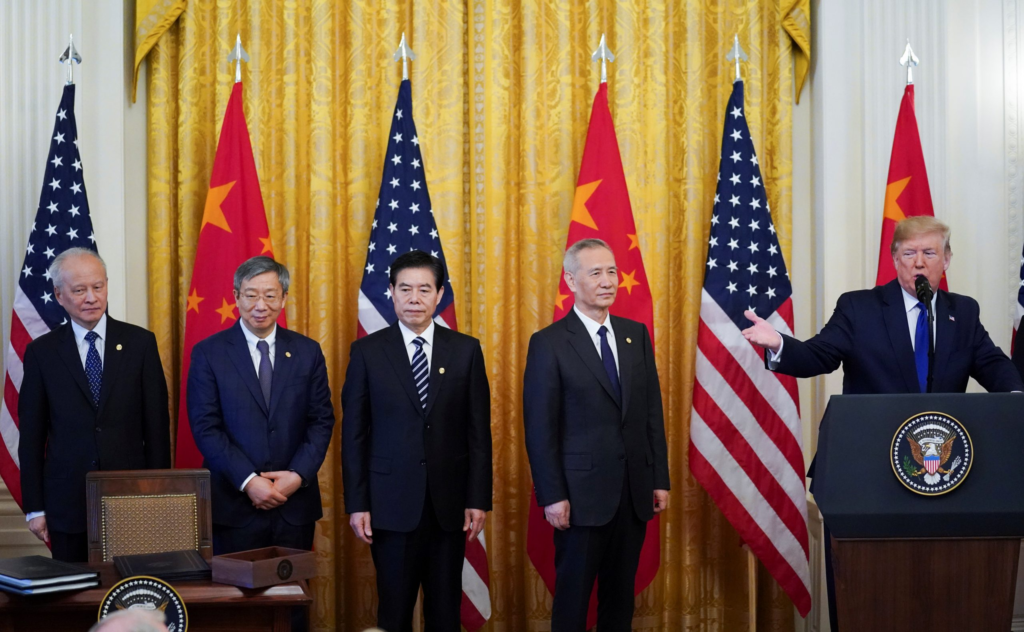
Experts see this move as a strategic signal from both sides. “Meeting in Switzerland shows that both countries want to reset their dialogue in a peaceful and structured way,” said Anna Ramirez, a trade analyst at Brookings Institution.
What Led to the Trade Freeze?
The U.S. and China had earlier signed a Phase One Trade Agreement in January 2020. But progress slowed after the pandemic, which disrupted global trade. Additionally, U.S. bans on Chinese tech firms like Huawei, and China’s restrictions on rare earth exports, fueled more conflict.
In 2023 and 2024, diplomatic efforts were nearly frozen as both sides took tough positions. The U.S. focused on boosting its own semiconductor production, while China invested heavily in local industries to reduce its dependency on U.S. imports.
What Are They Hoping to Achieve?
Both sides are under pressure to revive their economies. China is facing slowing growth, rising youth unemployment, and a shrinking real estate market. The U.S., on the other hand, is tackling inflation and supply chain risks, especially in critical sectors like electronics and pharmaceuticals.
If the talks are successful, they may lead to:
- Lower trade barriers
- More access to each other’s markets
- Joint standards on AI and digital trade
- A roadmap for climate-friendly trade policies
Impact on Global Markets
The news of resumed talks was welcomed by global markets. Stocks in Asia and Europe rose slightly on Monday, with the Shanghai Composite gaining 0.8% and the Dow Jones opening higher. Analysts believe the possibility of a new trade agreement could restore global investor confidence.
“Markets are watching closely. A deal could reduce inflationary pressures worldwide,” said Jason Mills, an economist at The Economist Intelligence Unit.
Not Everyone Is Optimistic
Despite the positive headlines, many experts warn that deep disagreements remain. Issues like human rights, Taiwan, and cybersecurity are still major flashpoints. The U.S. Congress has passed laws to ban forced labor imports, especially from China’s Xinjiang region, which China strongly denies.
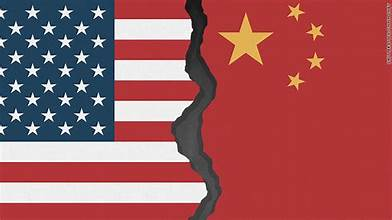
“Trade is just one part of the U.S.-China rivalry. There are many security and geopolitical issues that could derail progress,” warned Sophia Zhang, a professor of international relations at Harvard Kennedy School.
Next Steps
Sources say that both parties have agreed to hold a second round of meetings later this year, possibly in Singapore or another neutral location in Asia. Until then, working groups will continue to discuss technical issues and prepare a possible outline for a new agreement.
What This Means for Ordinary People
For businesses and consumers, better trade ties could mean lower prices for electronics, more job opportunities in export-driven sectors, and faster innovation in areas like green energy and AI.
“American farmers, tech firms, and consumers stand to gain a lot if tariffs are reduced and trade flows improve,” noted a spokesperson for the U.S. Chamber of Commerce.
Final Thoughts
The resumption of U.S.-China trade talks in Switzerland marks a hopeful turn in a long and complex relationship. While challenges remain, this step shows that diplomacy is not dead and that both nations understand the need for cooperation in today’s interconnected world.
Whether this effort leads to real progress or more political showmanship will be clear in the coming months. But for now, the world is watching — and hoping.
Also Read – Retailers Rush to Europe: What U.S. Tariffs Caused




